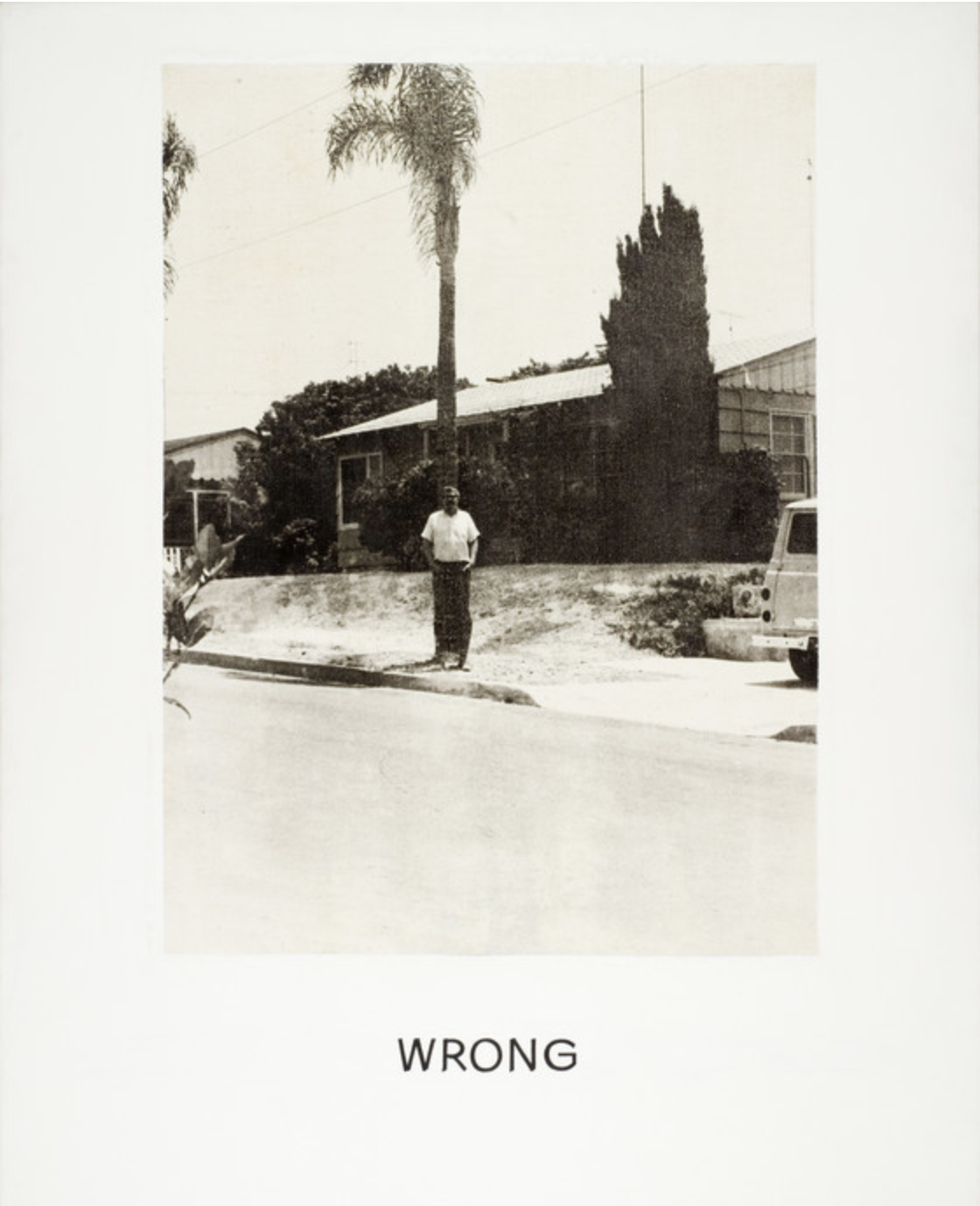

This abstract photo follows the pattern 2, and I liked this image because it presents audience with a simple detail, so its definitely a successful photo for me.
 .
. 
These lines represents the 5th pattern, however, I didn’t exactly make the lines straight, and instead, they were curved like how they originally were.
 .
. 
The stairs for pattern 4 was captured from a down-to-up angle, and the yellow stripes matched the grey patterns fairly well. Although its not the best, this photo definitely did not fail.
 .
. 
The holds from the ES playground did not have a specific pattern to follow pattern 8, but the dust formed a fine comparison to the colorful holds.


The cloud and the sky formed pattern 11 in a coincident way, even though the boundaries were quite unclear. The lighting was natural, so I believe its not a photo of success nor failure.


These leaves all grew into different colors, and i captured this shot an interesting way, where I didn’t zoom in but placed my phone near the plants. In this case, more details were presented.


Although the grids were perfect, I did not include interesting details, so overall the photo was plain. This is definitely a failure photo.


I tried to create interesting shadows from placing objects above the camera, but clearly it was to blurry, so I failed this photo.


This blurry photo was created by accident, but the blur element made the photo more interesting for sure. This is also one of my favorite success from the 12 photos.


I did not use any of the elements for abstraction in photography, but the pipes and all the lines were still fun to examine, so this one is rather a success.


I actually created the setting on purpose myself, but it still failed as one of the worst in my photo safari. Its simply bad, but I cannot find another circle to replace it.










 .
. 
 .
. 
 .
. 


























Recent Comments